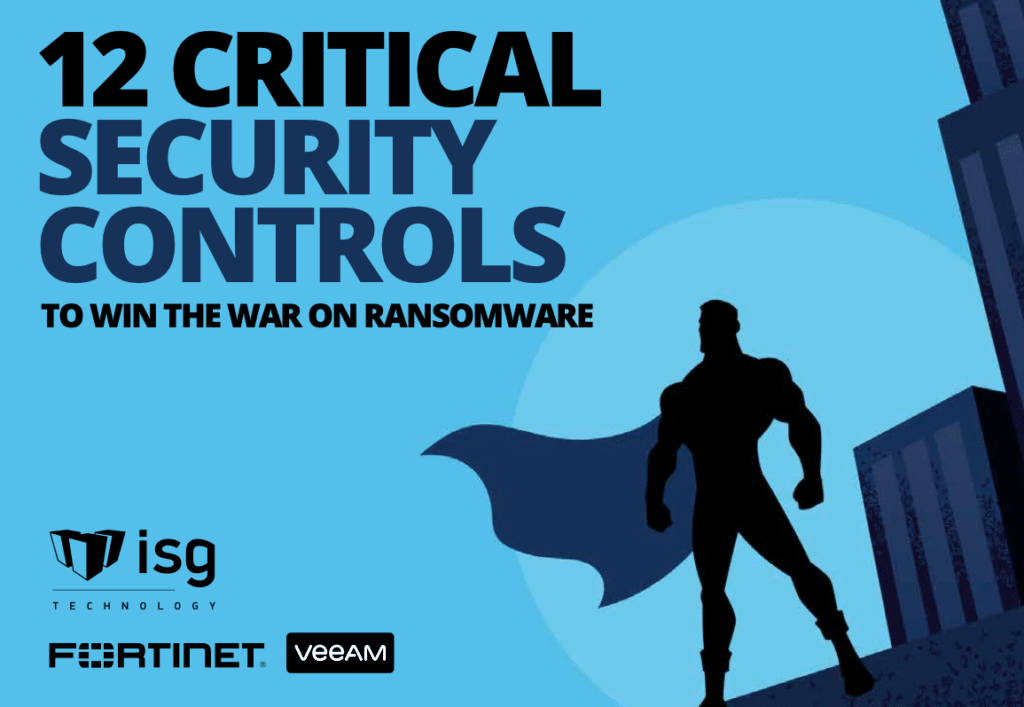Vendor/Digital Supply Chain Risk Management
Often overlooked, third-party vendors and digital supply chain partners can pose significant risks to your organization’s security posture. These external entities are granted access to sensitive data and can serve as potential entry points for cybercriminals.
However, by implementing rigorous security standards for vendors, you can fortify every link in the supply chain against potential threats.
1. Vetting Vendors: Establishing Stringent Controls
Initiate a thorough vendor evaluation process to ensure supply chain security and integrity. A comprehensive vetting procedure should assess potential partners based on security protocols, financial stability, performance history, and adherence to industry standards.
2. Imposing Stringent Security Requirements
Define and enforce stringent security requirements for vendors. These should encompass industry-standard security practices, including encryption protocols, regular security audits, and comprehensive employee training programs focused on cybersecurity awareness.
3. Contractual Security Obligations
Embed security measures explicitly within vendor contracts. Clearly stipulate the security protocols vendors are expected to adhere to, and regularly monitor and audit their compliance to ensure consistent adherence to these requirements.
4. Programmatic Vendor Risk Management
Establish a vendor risk management program that assesses risks associated with each vendor throughout the relationship lifecycle. This program should include continuous monitoring of vendor activities, periodic security assessments, and meticulous incident response planning in the event of a security breach.
5. Collaboration & Communication
Maintain open lines of communication and collaboration with vendors. Establishing proactive dialogue allows for swift resolution of security concerns, and also encourages joint efforts to improve overall security across the supply chain.
6. Leveraging Advanced Technologies
Invest in cutting-edge technologies like artificial intelligence (AI) and machine learning (ML) algorithms. These technologies enable the detection of anomalies and potential security threats within the digital supply chain. Real-time monitoring of network traffic and data transfers helps identify and mitigate risks promptly.
7. Supply Chain Diversification & Insurance
Diversify the supply chain to mitigate geopolitical and economic risks, and reduce dependency on a single vendor or region. Additionally, investing in cybersecurity insurance provides an added layer of financial protection against potential losses resulting from security breaches.
8. Incident Response Planning
Develop a well-defined incident response plan outlining swift and effective responses to any cybersecurity incidents involving vendors. This plan should delineate steps to be taken, roles and responsibilities, communication protocols, and mitigation strategies to minimize the impact of incidents.
Incorporating these best practices can ensure that potential vulnerabilities in your supply chain won’t compromise your security posture.
Read On
If you’re interested in learning more about the controls needed to secure cyber insurance, be sure to check back tomorrow at 9 AM CST for our segment on Cyber Incident Response Planning & Testing.

